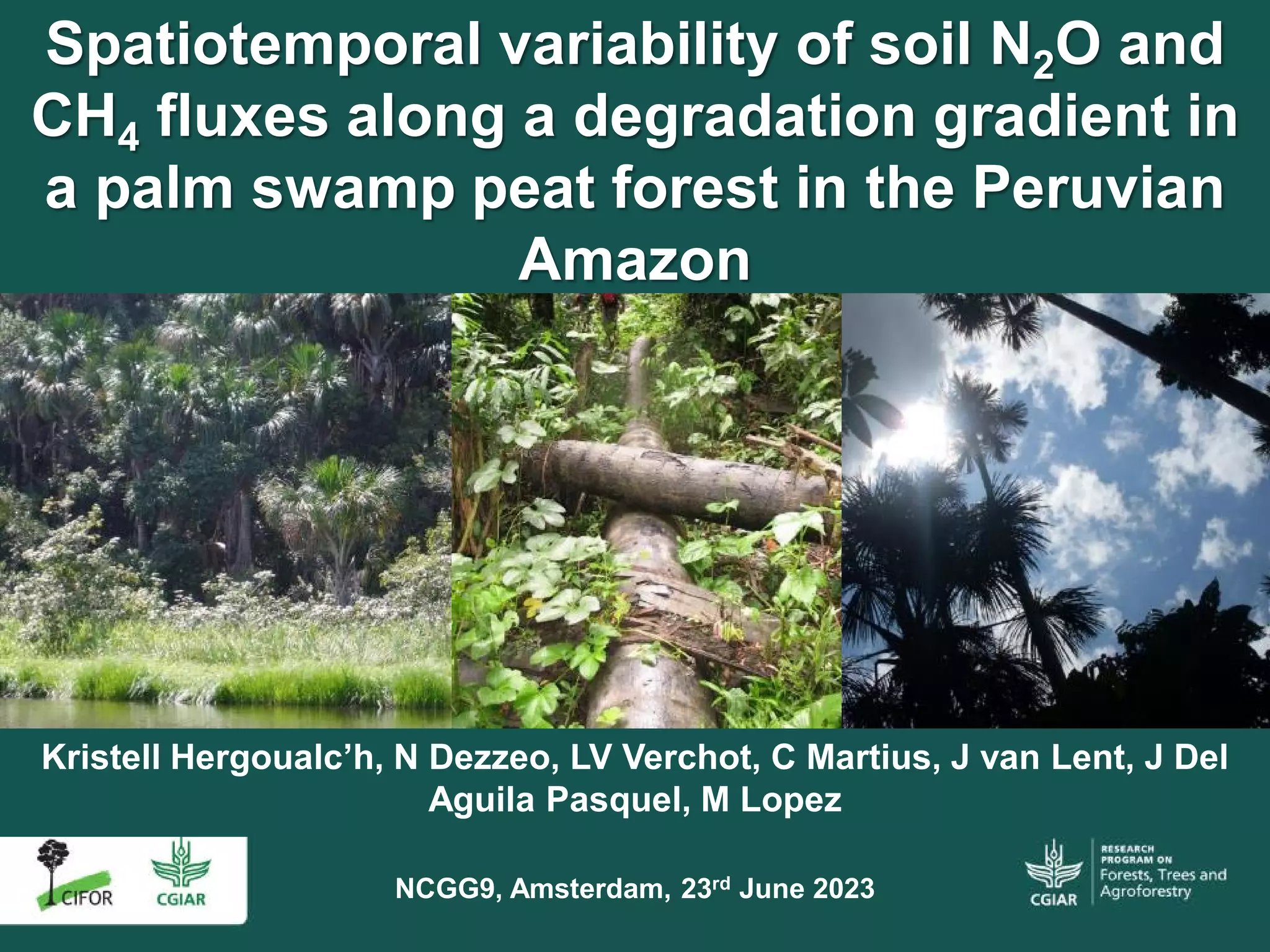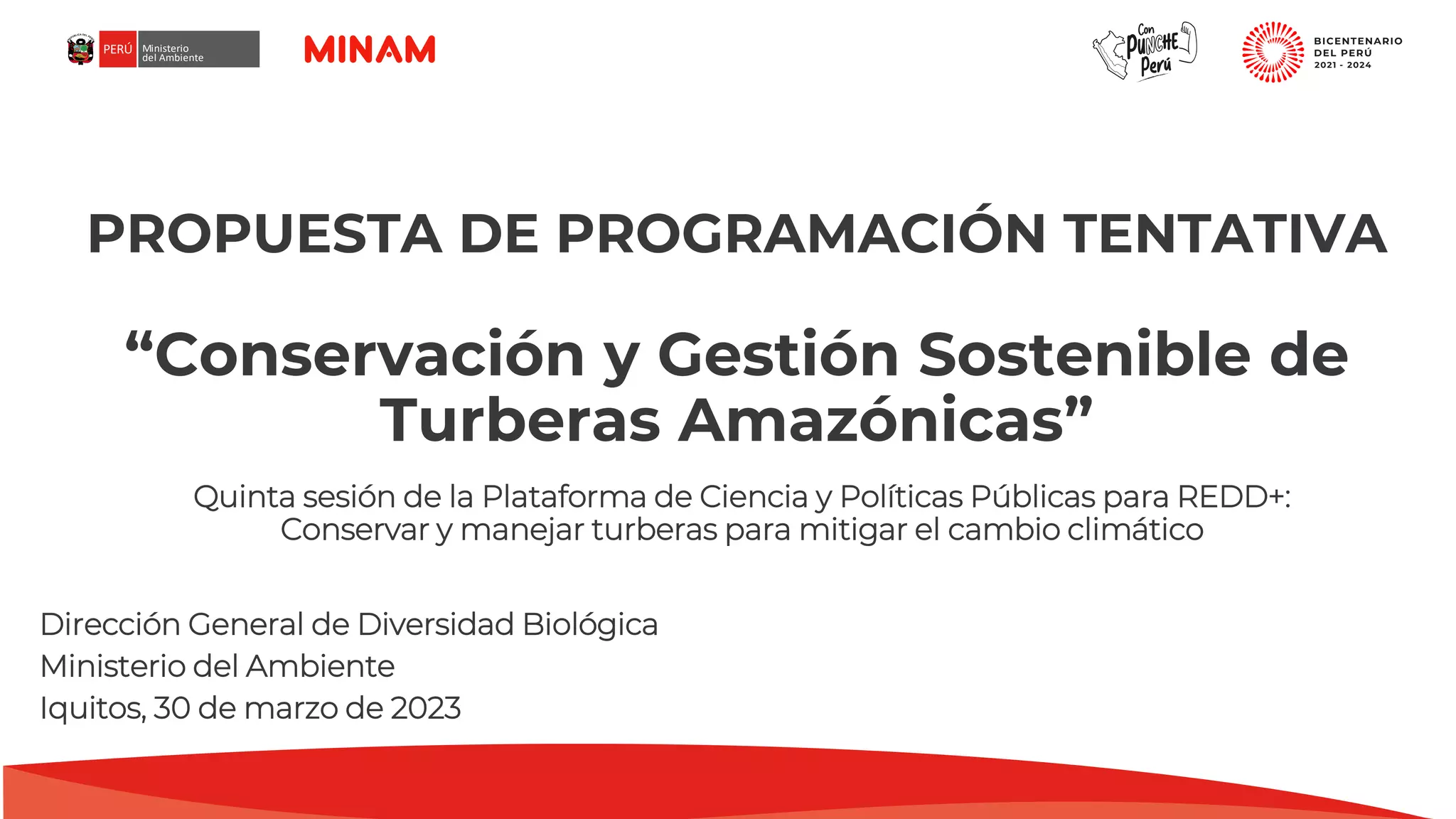
Tropical peatlands have changed their role from carbon sinks to carbon sources mainly by recent anthropogenic disturbances. It is an urgent issue to evaluate the importance of tropical peatlands as carbon stocks and to preserve the ecosystems including their carbon dynamics. Spatial distribution of carbon mass at a regional level needs to be delineated in order to utilize it in the simulation of carbon release impact of peat fires or in preservation planning strategy from a carbon dynamic perspective. In this chapter, a simple method to predict peat thickness was introduced. This pridiction method focuses on the differences in phenological characteristics due to the differences in hydroperiod and thickness of peat layer. Since the hydroperiod is a seasonal characteristic of peatlands in Southeast Asia, the phenology of the peat swamp forest was hypothesized to be a predictor of underlying peat thickness. Monthly NOAA-AVHRR data (Sep. 1992–Aug. 1993) were used to trace the fluctuation of vegetation activities among three seasonal periods. The peat swamp forests of Kalimantan was discovered to be classified into eight major phenology types and the classified map was found out be a good indicator to estimate the accumulated peat volume in peat swamp forests. According to our further estimation analysis, the carbon mass below the peat swamp forests (2.04 Mha) and the non-forest area (0.36 Mha) of Central Kalimantan peatlands were estimated to be 1.69 and 0.55 Gt C Mha−1, respectively. Extrapolating these values, we estimate that ca. 27 Gt C is stored within Indonesian peat (16.90 Mha) and 29.9–67.6 Gt C within Southeast Asian peat (19.7–41.5 Mha).
Download:
 file
file

- Authors: Shimada, S., Takahashi, H., Osaki, M.
- Author Affiliation: Tokyo University of Agriculture, Hokkaido Institute of Hydro-climate, Hokkaido University
- Subjects: carbon sinks, tropics, peatlands, peat soils, soil carbon, carbon density
- Publication type: Chapter
- Source: Osaki, M., Tsuji, N. (eds). 2016. Tropical Peatland Ecosystems. 353-365
- Year: 2016
- ISSN: 978-4-431-55681-7
- DOI: https://doi.org/10.1007/978-4-431-55681-7_23


















